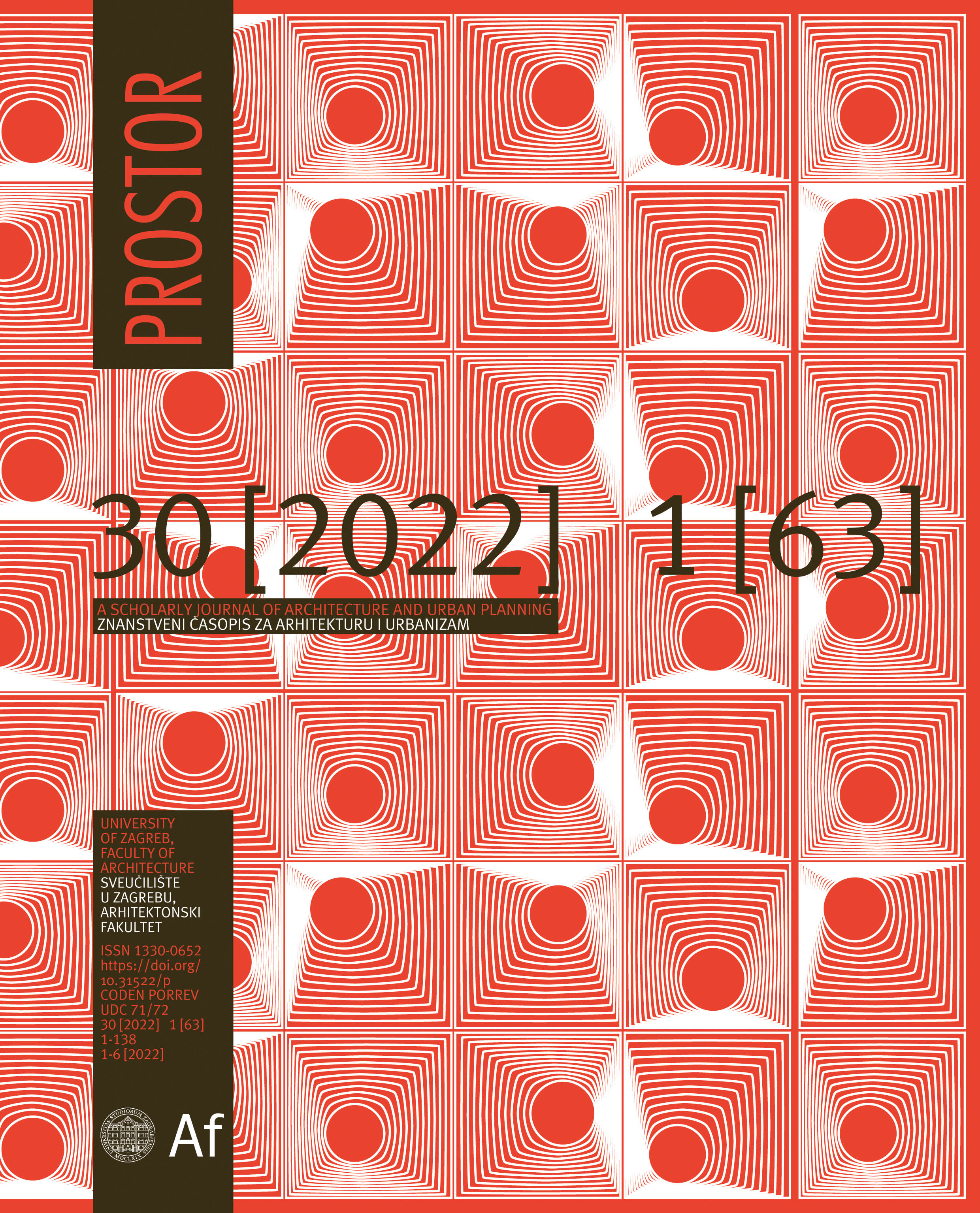Structural Behaviour of 13th and 14th Century Seljuk Mosques and Acculturation of Construction Knowledge
DOI:
https://doi.org/10.31522/p.30.1(63).4Keywords:
Ahi Elvan Mosque, Ankara, Turkey, Finite Element Model, Hanönü Mosque, Kastamonu, Turkey, hypostyle wooden mosques, Peripheral WallsAbstract
This study aims to demonstrate the acculturation of Seljuk architecture and construction techniques by tracing the development of peripheral walls in Seljuk wooden hypostyle mosques built in 13th and 14th centuries. To track the exchange of construction knowledge two Seljuk mosques (the Hanönü Mosque in Kastamonu and the Ahi Elvan Mosque in Ankara) are selected for comparison in this study. The main difference between the two mosques is their structural systems: one has a wooden peripheral wall and wooden skeleton system, while the other has a masonry peripheral wall and wooden pillars. In this study, a comparison of the structural systems and performances of these examples of wooden mosques exhibiting different wall systems was made together with structural analyses under basic loads. A series of structural analyses provides significant data about the structural behaviour of these types of structures, indicating acculturation of elements from Asia and Byzantium within Seljuk architecture and construction techniques.
Downloads
Published
How to Cite
Issue
Section
License
Copyright (c) 2022 Asli Er Akan

This work is licensed under a Creative Commons Attribution 4.0 International License.
Copyright (c) 2021 authors and journal.
This work is licensed under a Creative Commons Attribution 4.0 International License.
Authors who publish with this journal agree to the following terms:
In agreeing this form, you certify that:
- You read the ethical codex of the PROSTOR available at journal web.
- You submitted work is your original work, and has not previously been published and does not include any form of plagiarism.
- You own copyright in the submitted work, and are therefore permitted to assign the licence to publish to PROSTOR.
- Your submitted work contains no violation of any existing copyright or other third party right or any material of an obscene, libellous or otherwise unlawful nature.
- You have obtained permission for and acknowledged the source of any illustrations, diagrams or other material included in the work of which you are not the copyright owner.
- You have taken due care to ensure the accuracy of the work, and that, to the best of your knowledge, there are no false statements made within it.
- All co-authors of this submitted work are aware of, and in agreement with, the terms of this licence and that the submitted manuscript has been approved by these authors.







